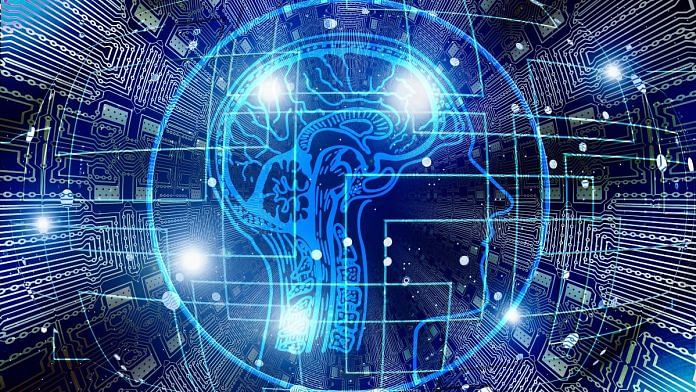Thank you dear subscribers, we are overwhelmed with your response.
Your Turn is a unique section from ThePrint featuring points of view from its subscribers. If you are a subscriber, have a point of view, please send it to us. If not, do subscribe here: https://theprint.in/
Large Language Models or LLMs have been at the forefront of AI innovation for the last 3 years now and the most likely technological contenders for a leading us into a world with Artificial General Intelligence (AGI).
Given the immense promise offered by any new technology it does not come without its own inherent risks. I can speak from personal experience that the models having gotten significantly better since I have started tracking them as a data science and AI professional
Although we hear that the models are beginning to saturate with the previous assumption of training the models with larger datasets – no longer holding as much value proposition as it did until recently
We know from the previous research and developments like – “instruction-based fine-tuning and more recently Agentic AI systems” will make the models more capable and lead to further advancements
Therefore, it is imperative that we think about improving the safety around these models and in this regard, I borrow heavily from Anthropic’s self-regulation framework on Responsible Scaling Policies (RSPs)
How can we understand and quantify safety for Large Language Models?
Anthropic measures safety levels in tiered manner called AI Safety Levels (ASLs)
- ASL1 — This level is applicable to smaller models which are usually not assumed to pose a catastrophic risk
- ASL2 — This is the level most publicly available models currently are assumed to pose. Think — Claude Sonnet 3.5, GPT-4/4o
- ASL3 — At this level the risks are assumed to be much higher specifically posing risks such as cyberattacks, deliberate misuse by non-state actors
- ASL4 — At the moment this is a speculative level beyond ASL-3 where can assume misuse by state actors or autonomy risks for the model
Conclusion – What else is needed to make a world with safer AI systems?
- AI safety is currently measured against human benchmarks that are continuously being surpassed by models that are achieving human-like competencies on specific tasks
- Ensuring the compliance of AI Safety levels across global organizations — state and non-state
- Continuous monitoring of developed model’s pre-release in an open and transparent manner to ensure rigorous testing before launch
- Addressing concerns on the use of these systems for the spread of disinformation/mis-information
These pieces are being published as they have been received – they have not been edited/fact-checked by ThePrint.


